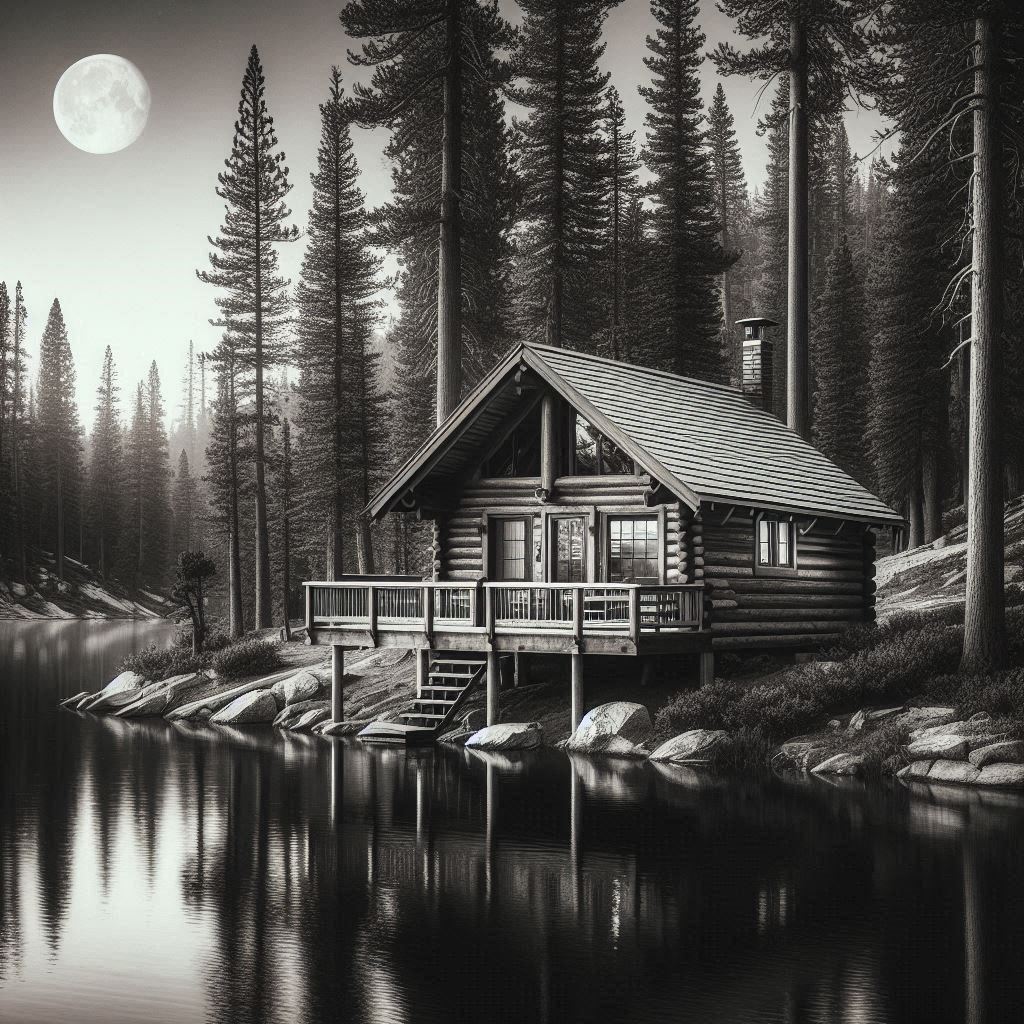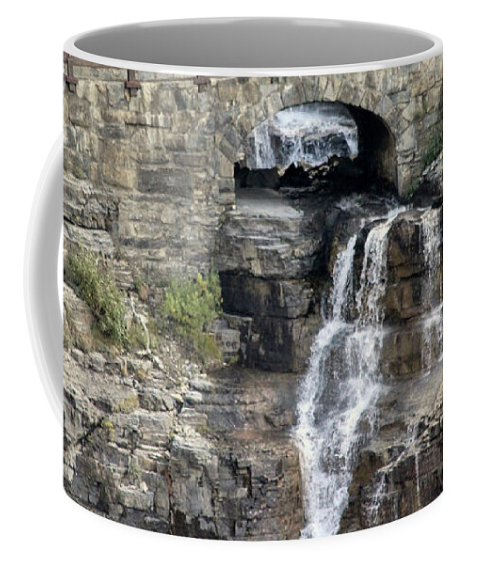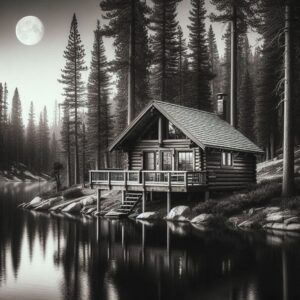
Black and white photography has an undeniable allure that captivates both photographers and viewers alike. One key aspect is its long-standing history. Early photographers didn’t have the luxury of color film, so they mastered the art of shooting in black and white. This historical backdrop adds a layer of depth and nostalgia to monochrome images, connecting us to the origins of photography.
Simplifying the visual palette by removing color forces us to focus on other crucial elements like shapes, forms, textures, and composition. The contrast between light and dark can lead to striking images and ensure that the subject matter stands out more prominently.

Check out my selection of coffee mugs. They come in 11oz and 15oz. Each mug is dishwasher and microwave-safe.
The emotional impact of black-and-white photography cannot be overstated. Stripping away color often enhances the emotional undertones of an image, making it feel timeless and evocative. Whether capturing a somber moment or a joyous occasion, black and white photography adds a unique emotional charge that resonates on a deeper level.
Psychological Aspects
Black and white photography offers a unique way to enhance the mood and atmosphere of a photograph. The absence of color allows emotions to come through more vividly, making scenes feel more dramatic or poignant. This can be particularly powerful in storytelling, where the photographer aims to evoke a specific feeling in the viewer.
The use of black and white also tends to place greater emphasis on the subject matter. By removing the distraction of color, viewers are guided to focus on the forms, textures, and details that might otherwise be overlooked. This can add significant depth to portraits, landscapes, and even candid shots.
Creative freedom is another psychological draw for photographers. Working within the confines of black, white, and shades of gray allows for a different kind of artistic expression. The limitations of monochrome can actually fuel creativity, pushing photographers to think more intently about aspects like lighting, composition, and contrast.
Technical Considerations
Lighting is paramount in black-and-white photography. Without color to rely on, light and shadow become the main tools for creating depth and interest. Harsh lighting can produce dramatic contrasts, while softer lighting creates a smoother range of grays. Understanding how light interacts with your subject is crucial for a successful black-and-white image.
Contrast and tonality are another cornerstone of compelling black-and-white photos. Contrast refers to the difference between the light and dark parts of your image. High contrast can be dramatic, while low contrast can result in a more subtle, moody effect. Tonality, on the other hand, involves the range of gray tones in your image. A well-balanced tonal range can make an image more engaging, highlighting different textures and details.
Choosing between digital and film for black-and-white photography is another important consideration. Digital photography offers the convenience of post-processing where you can tweak contrast and exposure to your liking. Film photography, however, brings a certain authenticity and grainy texture that many photographers find appealing. Each has its own set of advantages, so it’s worth experimenting with both to see which aligns best with your artistic vision.
Techniques and Tips
Composition is key. While it’s important in all photography, it’s even more crucial in black and white. Look for strong lines, interesting shapes, and compelling patterns. Good composition can transform an ordinary scene into something extraordinary.
Post-processing is your friend. Tools like Adobe Lightroom and Photoshop offer robust features for editing black-and-white images. You can adjust contrast, and brightness, and even apply specific monochrome filters to enhance your photos. Don’t be afraid to experiment until you find a style that suits you.
Don’t underestimate practice and experimentation. The more you shoot in black and white, the better you’ll understand what works and what doesn’t. Take your camera everywhere, and don’t be afraid to take risks. Sometimes the best shots come from unexpected moments.
Getting Started
Selecting the right gear is an important first step. While most modern digital cameras have excellent black-and-white modes, some photographers swear by the charm of older film cameras. If you’re just starting out, a digital camera with a manual mode will offer the flexibility needed to experiment with different settings.
Inspiration can come from various sources. Look at the work of renowned black and white photographers for ideas. Ansel Adams, Henri Cartier-Bresson, and Diane Arbus have done iconic work that could serve as great references. Don’t just look at photos—read about the techniques they used and think about how you can adapt those methods to your own style.
Final Thoughts
Embarking on small projects can be a beneficial way to start. Try focusing on a single subject, like a series of portraits or a study of textures. These focused projects help you hone your skills and understand what makes a compelling black-and-white image.
Did you enjoy this post? Do you want to know when the next post comes out? Consider subscribing. I only send update emails once a week, usually on Friday. Try it out. You can unsubscribe at any time.

